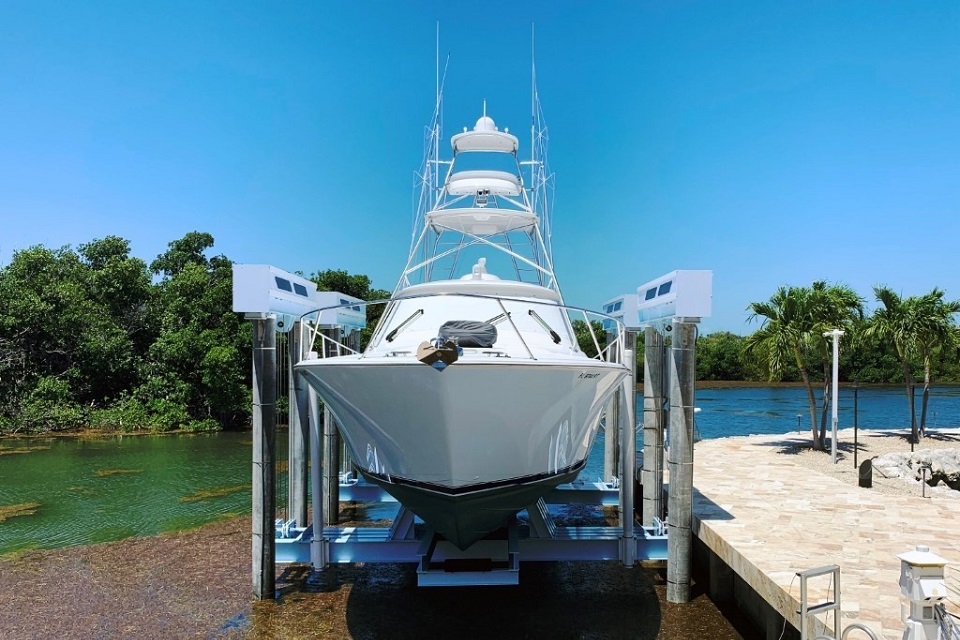Maximizing your dock space is an excellent way to make your water lifestyle more enjoyable. It can extend the use of your dock and allow you to enjoy time with family and friends off the water.
But before you can start thinking about a lift, there are a few things you need to know first.
Table of Contents
Size
The size of a boat lift is an important consideration for maximizing your dock space. It’s also an essential part of your overall purchase decision.
The width and length of your boat are key measurements to consider when selecting the proper size lift. For a safety cushion, you’ll want the cradle beam to be at least a few inches wider than your boat.
Additionally, the cradle should be long enough to accommodate guideposts you may need to secure your boat.
Depending on your location and water conditions, you may need to choose a lift that can handle shallow fluctuating waters or rougher lakeshores.
The capacity of boat lifts South Florida is a combination of the weight of your boat plus its accessories, fuel, water, storage, and other necessities. It is essential to find a lift that can safely handle your entire boat load without exceeding its maximum weight.
Weight
A boat lift keeps your watercraft above the water level so it doesn’t sit in the water while you’re not using it. This can lead to corrosion and algae buildup, weakening the boat.
The boat’s weight is the key to determining a lift’s capacity. Having too much weight can put a strain on the boat lift and cause it to break.
Even parking too far behind or forward of the centerline or placing your bunks closer to the dockside can add unnecessary stress to one side of the lift.
Additionally, heavy snowfall or a malfunctioning bilge pump can also put stress on the lift.
If your area has rough water, look for a lift built with a more robust structure. This can help it handle the extra wear and tear. It also helps it stand up to more fluctuating water levels, helping keep your dock and watercraft safe and healthy.
Water Depth
A lift’s water depth can significantly affect how it will work on your dock. Ideally, it should be designed for a minimum of three feet and a maximum of nine feet deep.
There are several ways to measure a body’s water depth, including sound waves. The most common way is to use a device that sends sound waves to the bottom of the ocean and measures how long it takes for an echo to return.
Another method is to lower a weight attached to a rope over the side of your boat. When the weight hits the bottom, the rope becomes slack and is pulled back on board.
The water depth in your area naturally fluctuates over time, making it challenging to find the best lift for your dock. Look for a system that’s made to operate in varying depths and is designed to handle seasonal changes in your dock’s location.
Dock Location
The dock location is one of the most important factors when choosing a boat lift. It will determine the type of lift you need and whether it needs standing or floating.
If the water depth in your area is shallow, a vertical lift may be best. However, consider a floating model if it is deep and fluctuates frequently.
When considering your dock and lift, you will also want to look at the weather. Parking your boat on the lift can be difficult when the wind picks up.
For this reason, it’s essential to approach the dock slowly with short touches of the throttle and practice putting your boat on the lift several times before you go out in the real world. This will help you avoid damage and other accidents that could happen when you’re in a hurry.




